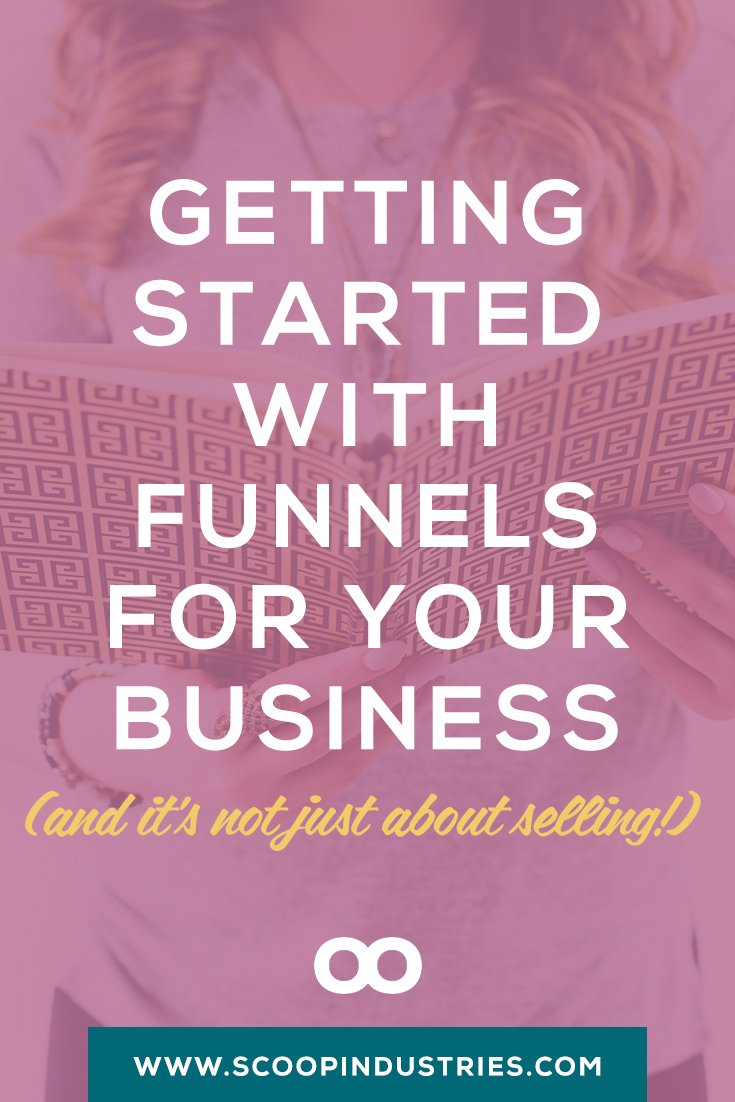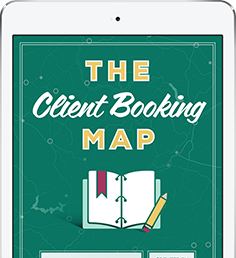
If you’ve been around the online world for a hot second, you’ve probably heard/read/seen funnels of some sort in action. And you’ve been told time and time again that a funnel is the answer to your business prayers. Or that you NEED funnels for your business.
Truthfully, funnels could be a game changer. But it all starts with really understanding what a funnel can and can’t do for you and your business.
First things first, when we talk about a funnel, what we mean is a system that you’re going to use in your business. A funnel is basically a system where you pre-plan and automate the sequence of emails in an effort to accomplish a business goal.
Notice I didn’t say a funnel has to sell something? A funnel doesn’t have to be a sales funnel, and it definitely does not need to use dodgy tactics or sleazy strategies to get results.
Sales funnels are only one type of funnel you can use in your business. There are SO many other kinds of funnels that aren’t talked about enough and can be absolute wins for you in your business.
Launching a group program? You need an onboarding funnel to improve customer experience.
Creating a content upgrade? You need a nurture funnel to take your new subscribers from “kinda interested” to loving what you have to share and growing to trust you.
Running a services-based business? You need a client onboarding and offboarding funnel so you’re not messing around when first (and last) impressions seriously count.
In short, a funnel is an incredibly powerful tool in your business whether you’re selling a program, working with clients 1:1 and want to book consults, or looking to sell your product on autopilot.
I know exactly what you’re thinking now. “Sure, I know I “should” do this, but how?”
Unless you’re a pro marketer, the steps of figuring out how to actually set up a funnel from start to finish are incredibly overwhelming. Especially if tech is your least favorite thing and the idea of figuring that out makes you want to hurl.
It all comes down to creating simple, strategic funnels for your business. Here are a few tips to help you get started:
Start with the End in Mind
I hate to be all obvious about it, but for your funnel to help you meet a goal, you need to know precisely why you’re putting a funnel in place. The goal of your funnel will shape your approach to your timing, content and even your tech set up.
Funnels typically break down into one of three categories:
- Engage: Turn your new email subscribers into loyal fans and customers.
- Sell: Make more sales for evergreen product or for your next launch.
- Wow: Deliver an outstanding experience for new and existing customers.
It’s really easy to decide to follow a funnel “formula” and end up completely off track if you’re borrowing someone else’s goals and they’re not a great fit for what you’re trying to do. You need to define a clear purpose and goal for what you’re trying to do with funnels for YOUR business.
Put Your Customers First
One of the big objections I hear about funnels is that they’re sleazy, cookie cutter or downright annoying.
Based on my personal experience, I’m inclined to agree that there’s nothing more irritating than being trapped in an aggressive and pushy marketing or sales funnel.
But this is your business. So you get to choose how you use funnels in your business – no sleaze required. And if you put your customers first by making sure there’s true value in all of your funnels, you’ll be way ahead of the game.
You need to be able to clearly answer “what’s in it for me?” for anyone that’s in a funnel of any kind.
Beyond having clear value, think about how you want them to feel and experience your brand as they go through this funnel. That will help you be intentional and thoughtful about the approach you take and the content you include.
Your Technology Matters
If you’re going to get serious about funnels, you need to consider how simple or complicated your current email system is going to make setting up and maintaining them.
The actual implementation of the funnel in your email system has the potential to become a nightmare if you’re using a system that isn’t funnel-friendly. If you find yourself needing to do work arounds or getting super creative to make a simple funnel work, you may need to upgrade your email marketing system. (ConvertKit is an amazing option for this which you can learn about here.)
On the flip side, if dealing with the tech makes you want to sweat, it may be time to get help with setting it up. Especially if you’re going to have to invest days of your life into the process or don’t know how to make all the bits and pieces work.
Funnels can be incredibly powerful for your business, but creating simple and strategic funnels starts with understanding how to actually make it happen in a way that works for you and your business.

